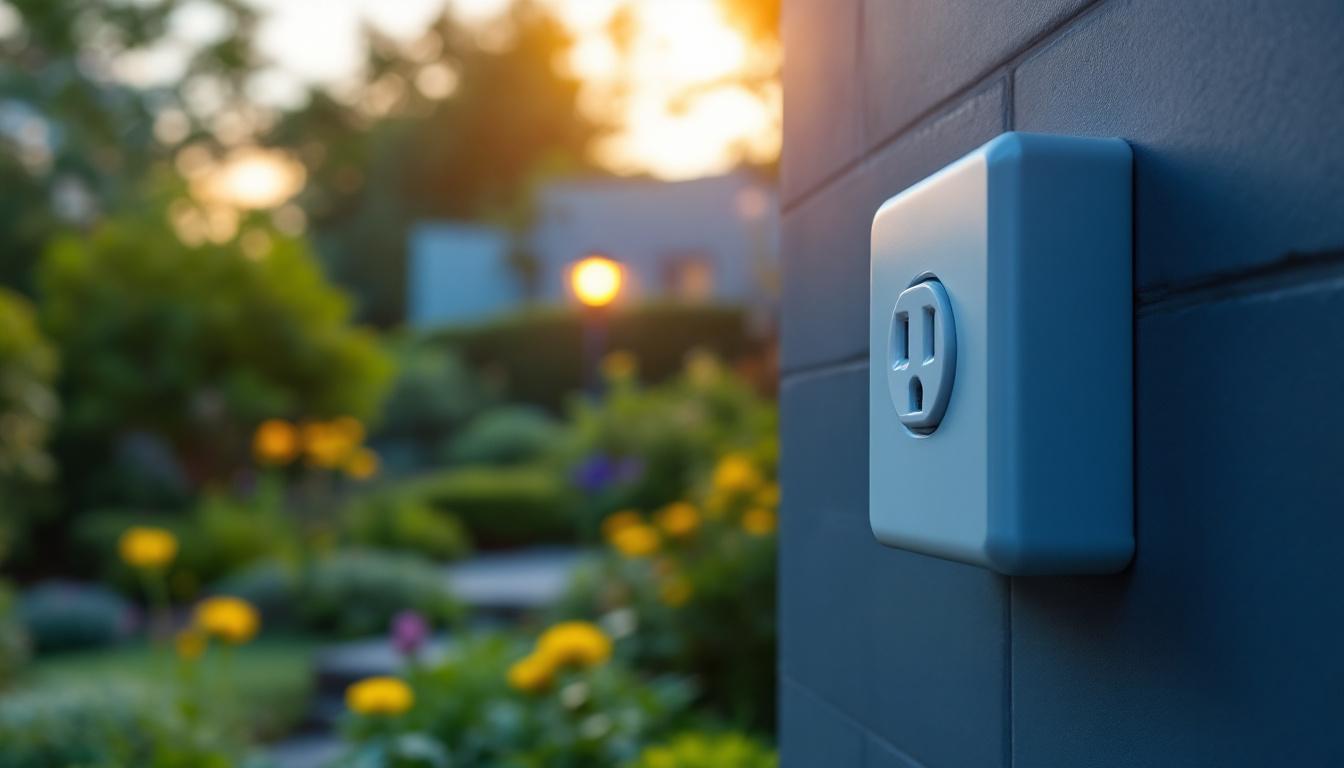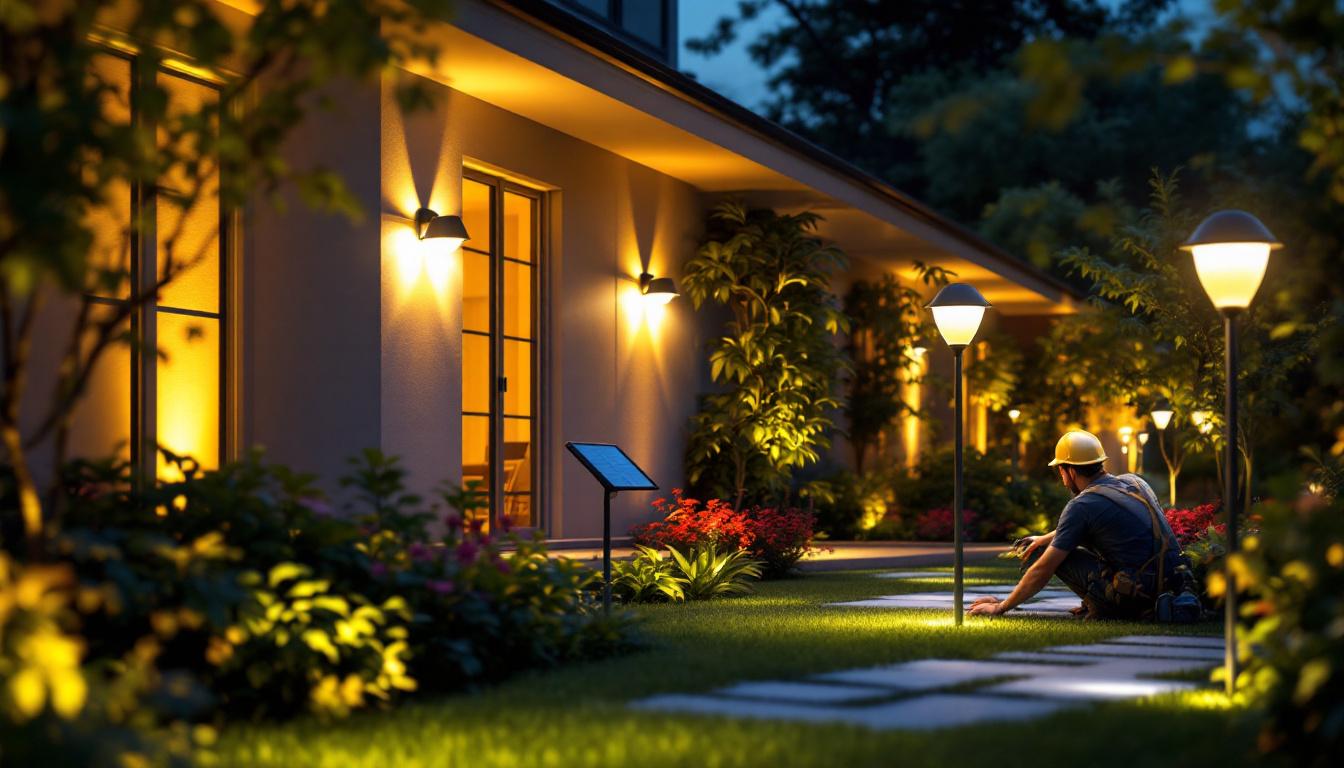
Home lamp posts have become an essential feature in residential lighting design, blending functionality with aesthetic appeal. For lighting contractors, installing and maintaining these fixtures involves more than just placing a light source outdoors. It requires a thorough understanding of electrical codes, weatherproofing, design integration, and client expectations. As outdoor lighting continues to evolve with new technologies and environmental considerations, contractors face a unique set of challenges that demand expertise and adaptability.
Understanding these challenges is crucial for lighting professionals who want to deliver safe, durable, and visually appealing home lamp post installations. This article explores the top hurdles lighting contractors encounter and offers insights into navigating them effectively.
One significant challenge involves selecting the right materials for lamp posts that can withstand various weather conditions. Contractors must consider factors such as corrosion resistance, UV stability, and structural integrity when choosing materials like aluminum, steel, or even composite options. Each material presents its own advantages and disadvantages, influencing not only the longevity of the installation but also its overall maintenance requirements. For instance, while aluminum is lightweight and resistant to rust, it may not be as robust as steel in high-wind areas. Understanding these nuances helps contractors make informed decisions that align with the specific needs of each installation site.
Another critical aspect of home lamp post installations is the integration of energy-efficient lighting solutions. With the rise of LED technology, contractors are now tasked with educating clients about the benefits of these modern fixtures, which include lower energy consumption and longer lifespans compared to traditional incandescent bulbs. Additionally, the implementation of smart lighting systems, which allow homeowners to control their outdoor lighting remotely, adds another layer of complexity to installations. Contractors must stay updated on the latest advancements in smart home technology to provide clients with options that enhance both convenience and security. By embracing these innovations, lighting professionals can elevate their service offerings and meet the evolving demands of modern homeowners.
One of the primary challenges lighting contractors face is ensuring that home lamp post installations comply with local, state, and national electrical codes. These regulations are designed to protect homeowners from electrical hazards and ensure the longevity of the lighting system. However, codes can vary significantly depending on the jurisdiction, making it essential for contractors to stay updated with the latest standards.
For example, the National Electrical Code (NEC) specifies requirements for outdoor lighting installations, including grounding, wiring methods, and fixture ratings. Failure to comply can result in costly rework, legal liability, or safety risks. Lighting contractors must carefully review local amendments and permits before beginning any installation to avoid these pitfalls. Moreover, engaging with local building authorities can provide invaluable insights into specific regulations that may not be immediately apparent in the broader code documents. This proactive approach not only fosters a collaborative relationship with regulatory bodies but also enhances the contractor’s credibility and reliability in the eyes of clients.
Proper grounding is critical for outdoor lamp posts to prevent electrical shock and equipment damage. Contractors must ensure that grounding systems meet or exceed code requirements, which often include the use of grounding rods and bonding conductors. Additionally, weatherproofing the electrical components is essential to protect against moisture, corrosion, and temperature fluctuations.
Using fixtures rated for outdoor use, applying appropriate sealants, and selecting corrosion-resistant materials are all part of the contractor’s responsibility. Ignoring these factors can lead to premature failure and safety hazards, undermining the contractor’s reputation and client satisfaction. Furthermore, it’s important to consider the environmental conditions of the installation site, such as proximity to saltwater or extreme weather patterns, which can significantly affect the durability of materials used. By conducting a thorough site assessment and selecting the most suitable products, contractors can ensure that their installations not only comply with safety codes but also stand the test of time, providing reliable service for years to come. This attention to detail not only safeguards the installation but also enhances the overall aesthetic appeal of the property, making it a worthwhile investment for homeowners.
Homeowners increasingly view lamp posts as both functional lighting and decorative elements that contribute to curb appeal. Lighting contractors must balance these dual roles by selecting fixtures that provide adequate illumination while complementing the architectural style of the home and landscape.
Choosing the right height, color temperature, and fixture design requires collaboration with clients and sometimes landscape architects. For instance, a traditional Victorian-style lamp post may look out of place in a modern minimalist yard, while a sleek contemporary fixture might not suit a rustic cottage. Contractors who understand design principles and client preferences can help create cohesive outdoor lighting schemes that enhance property value.
Another design consideration is minimizing light pollution and glare, which can affect neighbors and disrupt local ecosystems. Lighting contractors must select fixtures with appropriate shielding and use directional lighting techniques to focus illumination where it is needed without causing excessive spill or skyglow.
Implementing dimmers, timers, and motion sensors can also reduce unnecessary light output while improving energy efficiency. These solutions require careful planning and technical knowledge to integrate seamlessly into the home’s electrical system.
Installing a home lamp post involves more than mounting the fixture; it requires a stable and durable foundation to withstand environmental stresses such as wind, rain, and soil movement. Contractors must assess the site conditions and prepare a concrete footing or other anchoring system that meets structural requirements.
Improper foundation work can lead to leaning or falling lamp posts, posing safety hazards and necessitating costly repairs. This aspect of installation demands precision and experience, especially in areas with challenging soil types or extreme weather conditions.
Running electrical wiring to a lamp post can be complicated by existing landscaping, underground utilities, and property boundaries. Contractors need to plan trenching routes carefully to avoid damaging irrigation systems, tree roots, or other infrastructure.
Additionally, determining the power source—whether from the main electrical panel, a solar system, or low-voltage transformers—requires technical expertise. Each option has its own installation challenges and maintenance considerations, and contractors must advise clients on the best approach based on site conditions and budget.
Outdoor lamp posts are exposed to the elements year-round, which can accelerate wear and tear. Contractors must educate clients on routine maintenance tasks such as cleaning lenses, checking seals, and inspecting wiring for damage caused by moisture, insects, or corrosion.
Using high-quality materials and finishes during installation can reduce maintenance frequency and extend the fixture’s lifespan. For example, powder-coated metals and UV-resistant plastics offer better durability compared to cheaper alternatives.
As lighting technology advances, homeowners may want to upgrade their lamp posts with energy-efficient LED bulbs, smart controls, or solar power options. Lighting contractors need to stay informed about these innovations and be prepared to retrofit existing installations without compromising safety or aesthetics.
Moreover, troubleshooting electrical issues and replacing components require specialized skills and tools. Offering maintenance contracts or service plans can help contractors build ongoing relationships with clients and ensure their lighting systems remain functional and attractive over time.
Effective communication is vital to successful home lamp post projects. Lighting contractors must clearly explain the benefits, costs, and limitations of different lighting options to help clients make informed decisions. This includes discussing fixture styles, energy consumption, installation timelines, and potential disruptions during construction.
Setting realistic expectations upfront can prevent misunderstandings and dissatisfaction later. For example, clients may expect a lamp post to illuminate a large area, but contractors know that these fixtures typically provide localized lighting and should be supplemented with additional sources for broader coverage.
Delays and unexpected expenses are common challenges in outdoor lighting projects. Contractors must develop detailed project plans, including contingency measures for weather, permit approvals, or supply chain issues. Transparent communication about progress and any changes to scope or cost helps maintain client trust and project momentum.
With growing environmental awareness, many homeowners seek sustainable lighting options that reduce energy consumption and carbon footprint. Lighting contractors face the challenge of integrating energy-efficient technologies such as LED bulbs, solar-powered fixtures, and smart lighting controls into traditional lamp post designs.
Balancing sustainability with client budgets and aesthetic preferences requires creativity and technical knowledge. Contractors who can offer green solutions while maintaining performance and style gain a competitive edge in the market.
Outdoor lighting can disrupt local wildlife, particularly nocturnal species sensitive to artificial light. Contractors must consider the ecological impact of their installations by selecting fixtures that minimize blue light emissions and using timers or motion sensors to limit lighting duration.
Collaborating with environmental experts or referencing guidelines from organizations focused on dark-sky preservation can help contractors design lighting systems that protect both the home environment and surrounding ecosystems.
Lighting contractors play a crucial role in enhancing residential outdoor spaces through the installation of home lamp posts. While the challenges are multifaceted—ranging from regulatory compliance and technical installation to design considerations and environmental responsibility—addressing them proactively leads to safer, more attractive, and sustainable lighting solutions.
By staying informed about evolving codes, embracing new technologies, and maintaining open communication with clients, contractors can navigate these hurdles effectively. Ultimately, overcoming these challenges not only ensures project success but also strengthens the contractor’s reputation in a competitive industry.
Ready to tackle the challenges of home lamp post installations with confidence? Choose LumenWholesale for your lighting needs and benefit from our spec-grade products at unbeatable wholesale prices. Say goodbye to middleman markups and hello to a vast selection of reliable, high-performance lighting that meets the highest industry standards. With free shipping on bulk orders, you can ensure your projects shine without the burden of hidden fees. Elevate your lighting game and enjoy the perfect blend of quality, affordability, and convenience. Visit LumenWholesale today for wholesale lighting at the best value.

Discover why outdoor receptacle boxes are indispensable for lighting contractors.

Discover how outdoor house solar lights are revolutionizing the lighting industry for contractors.

Discover the essential guidelines for lighting contractors when working with amber color light.

Discover expert insights with our quick tips from lighting contractors on choosing and installing semi flush kitchen lights.